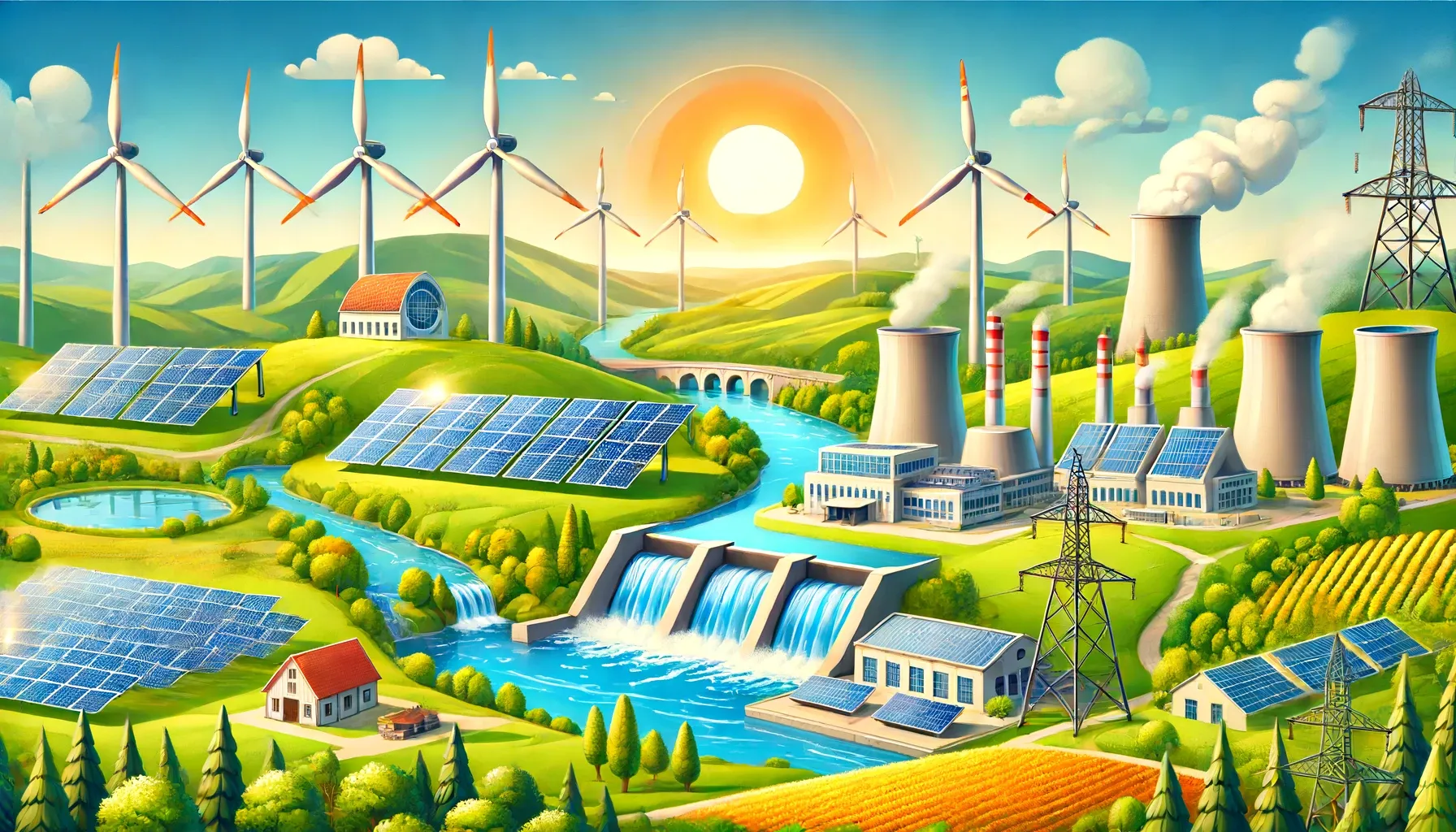
The Future of Renewable Energy, and Innovations Driving Sustainable Growth
Renewable energy is not just the future; it’s our present. As climate change accelerates, the shift from fossil fuels to renewable energy sources is critical. This post explores the cutting-edge technologies and trends shaping the future of renewable energy, ensuring a sustainable and resilient power landscape.
The Rise of Solar Power
Solar power has seen a dramatic decrease in costs over the past decade, making it a viable option for many. Advances in solar photovoltaics (PV) and solar-thermal technologies are enhancing efficiency and affordability. Modern solar panels are lighter, more flexible, and capable of generating power even under low sunlight conditions. Innovations in energy storage systems, like flow batteries, ensure a stable power supply, balancing generation and consumption effectively.
Wind Energy: Harnessing Nature’s Power
Wind energy has evolved from small-scale windmills to massive offshore wind farms. These developments enable the harnessing of stronger winds in deeper waters, significantly increasing capacity. The integration of AI and machine learning for precise renewable energy forecasting further enhances the reliability of wind power. Offshore projects, like the US initiative to deploy 30 GW of floating offshore wind power by 2030, exemplify the potential of wind energy in reducing fossil fuel dependency.
Hydropower: The Largest Clean Energy Provider
Hydropower remains a significant source of renewable energy. New technologies, such as small-scale hydro systems, are providing power to remote areas with minimal environmental impact. Innovations like thermoplastic composite turbines are revolutionizing the market by offering more durable and recyclable solutions. These advancements ensure that hydropower continues to be a key player in the renewable energy sector.
Geothermal Energy: Tapping the Earth’s Heat
Geothermal energy is expanding beyond its traditional boundaries with enhanced geothermal systems (EGS). These systems enable energy production in previously inaccessible areas by bringing water to geothermal reservoirs. This technology promises an inexhaustible supply of clean, low-cost energy, making geothermal a cornerstone of the renewable energy future.
Biomass: Sustainable and Controversial
Biomass energy, derived from organic materials, is near zero-emission and increasingly efficient. Advances in biofuels, such as sustainable aviation fuels (SAF), could significantly reduce carbon emissions in the aviation sector. Research and development in this field are crucial for overcoming the challenges and maximizing the potential of biomass as a renewable energy source.
Technology’s Role in Renewable Energy
Advanced technologies are essential in managing the integration of renewable energy sources into power grids. Tools like the IBM Environmental Intelligence Suite help organizations anticipate disruptions and maintain resilient operations. Accurate forecasting of renewable energy production, supported by AI and advanced analytics, ensures a reliable and efficient energy supply.
Conclusion
The future of renewable energy is bright, driven by continuous technological advancements and a growing commitment to sustainability. By embracing innovations in solar, wind, hydropower, geothermal, and biomass, we can achieve a cleaner, greener, and more resilient energy future.
FAQs
1. What are the main types of renewable energy?
The main types are solar, wind, hydropower, geothermal, and biomass energy.
2. How does solar power contribute to renewable energy?
Solar power converts sunlight into electricity using solar panels, which is stored in batteries for various uses.
3. Why is wind energy important?
Wind energy provides a clean, sustainable, and cost-effective power source with minimal environmental impact.
4. What role does hydropower play in renewable energy?
Hydropower generates electricity by using the flow of water to spin turbines, remaining the largest clean energy provider.
5. How does geothermal energy work?
Geothermal energy harnesses heat from the Earth’s interior to generate electricity through steam or hydrocarbon conversion.